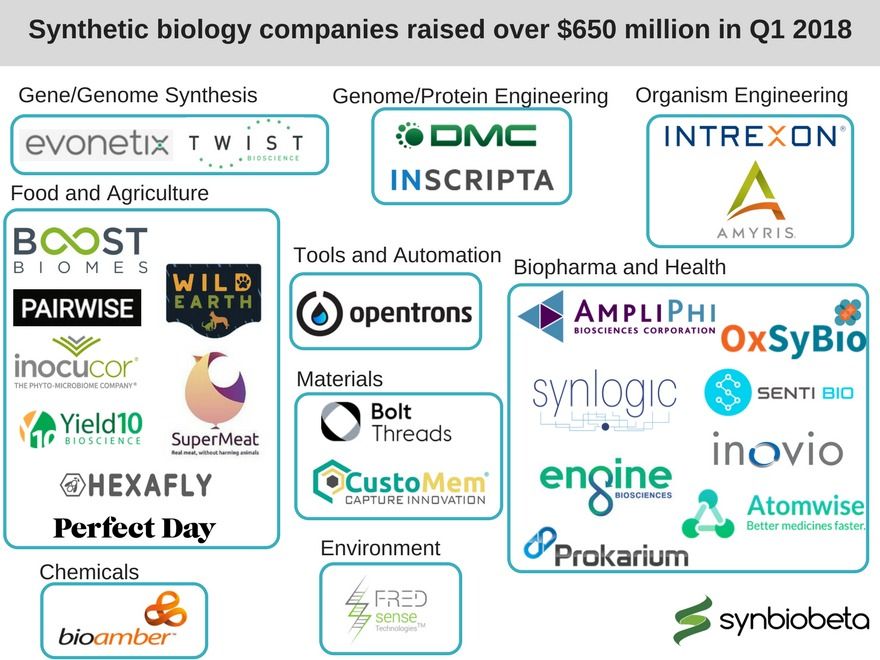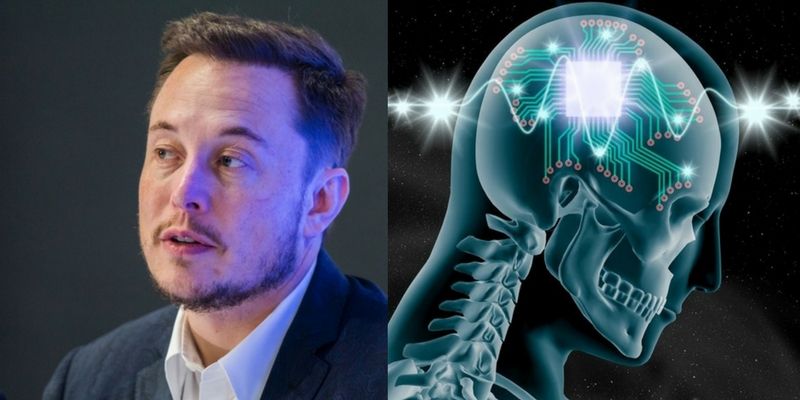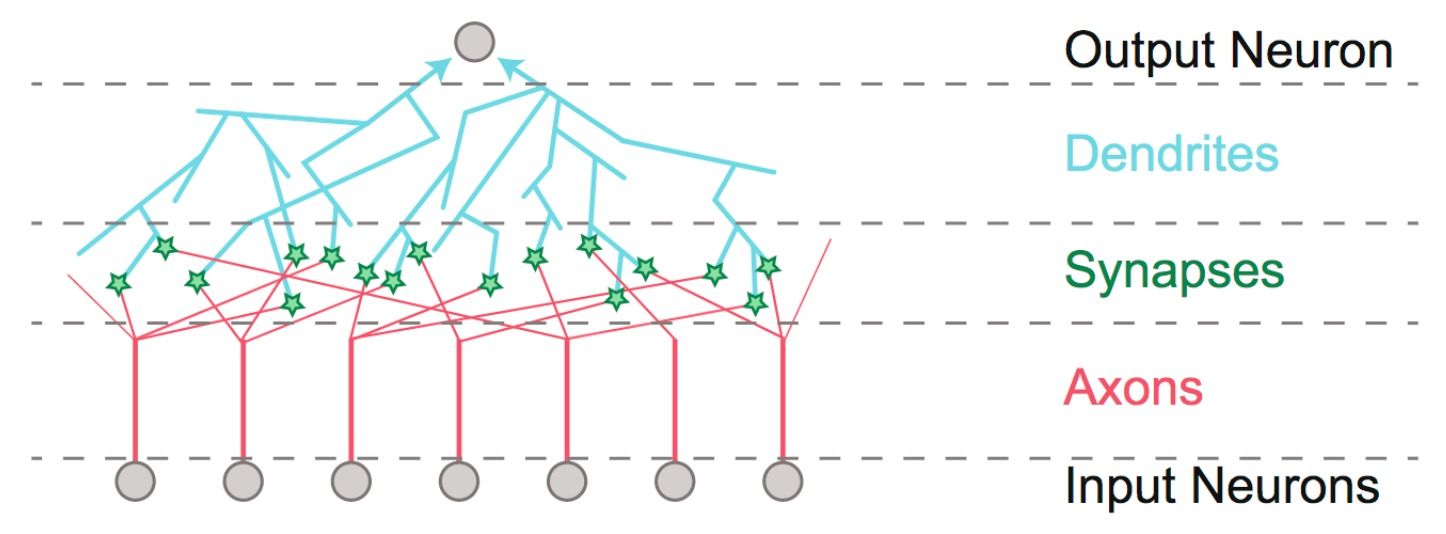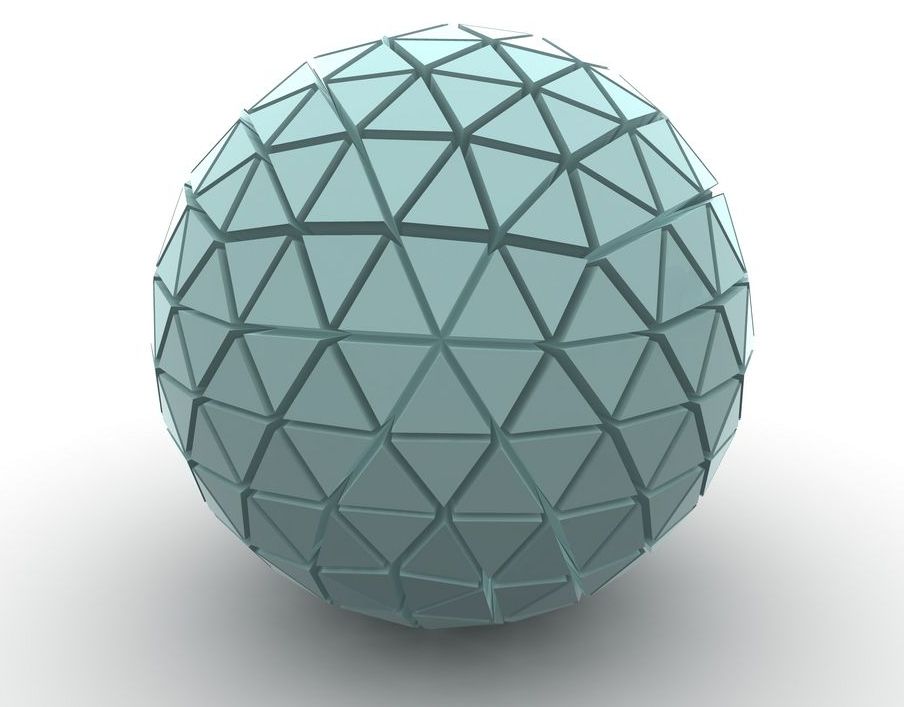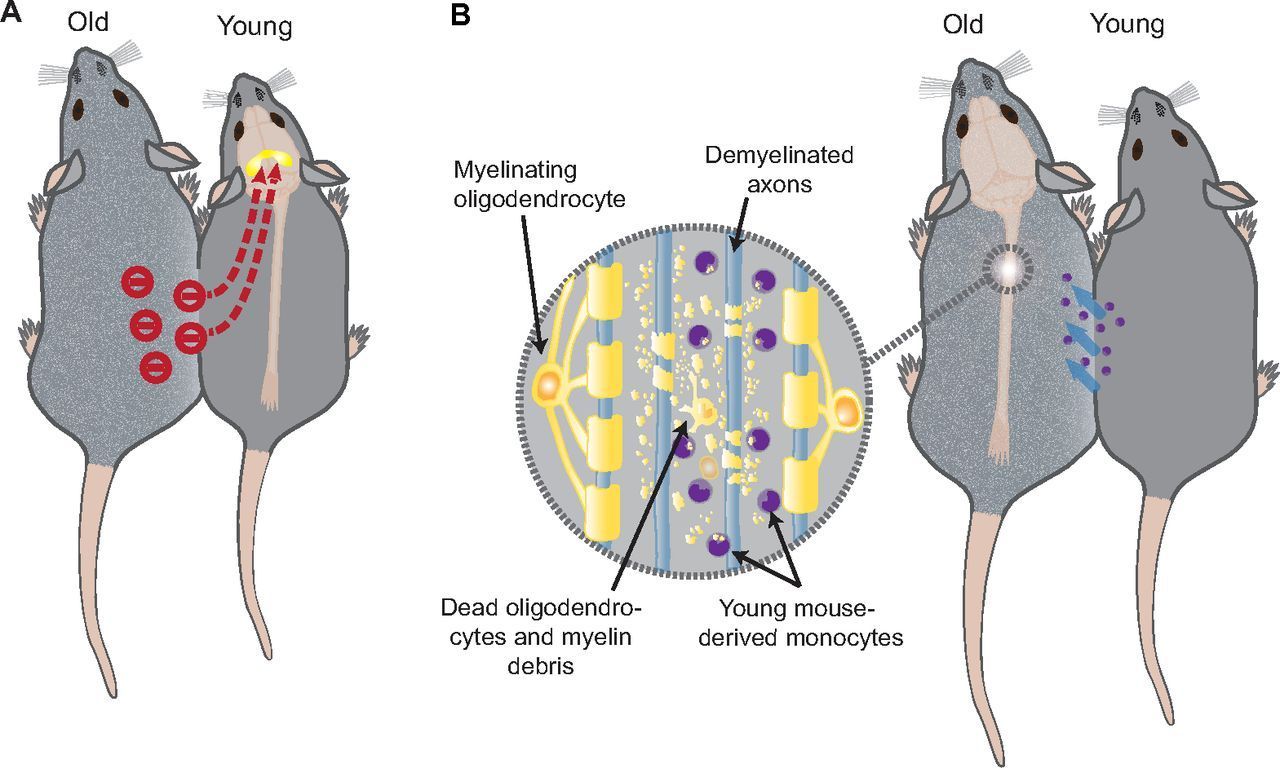Apr 4, 2018
Synthetic biology companies raised over $650 million in Q1, setting the pace for another record-breaking year
Posted by Klaus Baldauf in categories: bioengineering, biological
In 2017, synthetic biology companies raised a record amount of funding – just over $1.8 billion for fifty two companies – driven mostly by several multi-hundred million dollar deals. This was a 50% increase over the previous year, a pace of growth that indicated an intense interest in the field from outside investors. It seems that this interest has only intensified since then, as 27 companies raised $650 million in funding during the first quarter of 2018, which is double the activity of the first quarter of 2017. At this rate, the field is on track to raise over $2.4 billion with over 100 companies being funded, which would be a record for both statistics.

The companies raising money in 2018 are pursuing a broadly diverse set of applications from all sections of the synthetic biology technology stack. Many companies are developing products that will eventually end up in the hands (or bodies) of everyday consumers, but others are making the tools and reagents that will empower the whole field to become more productive. It is important that all of these types of companies exist in order to build a healthy industry ecosystem.
